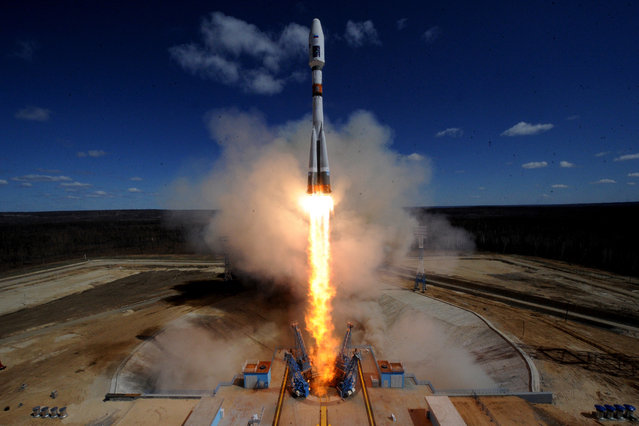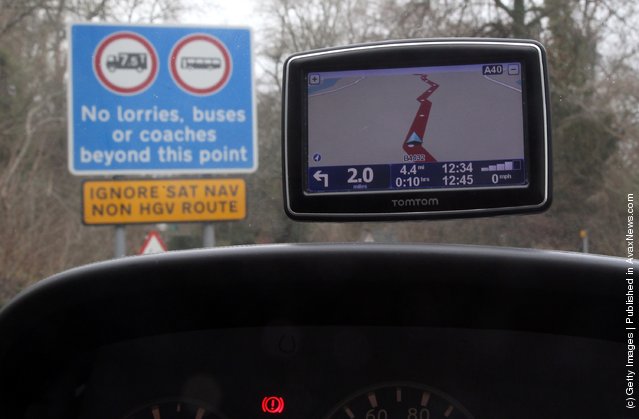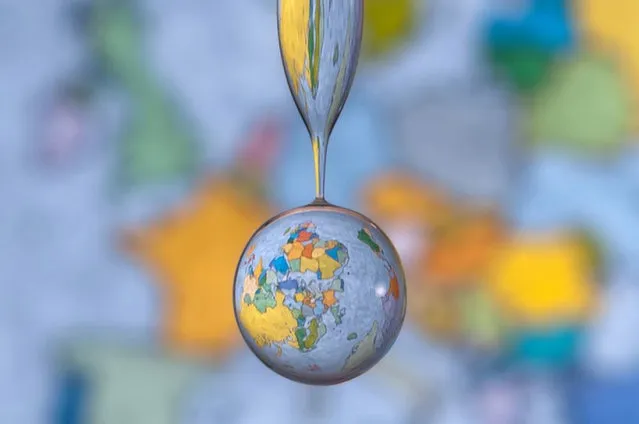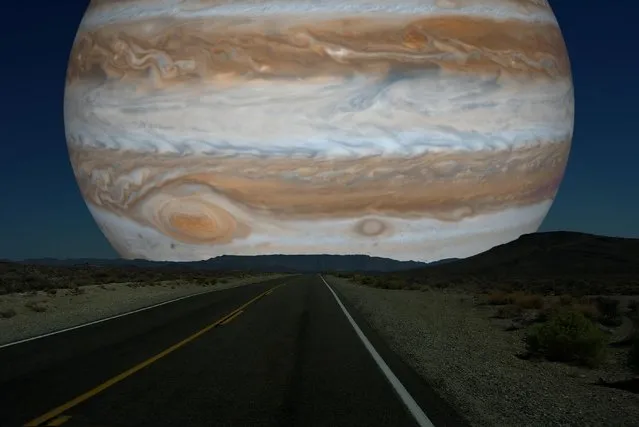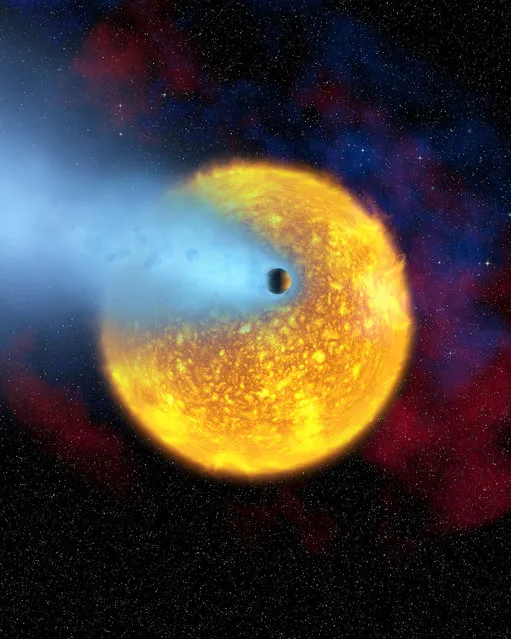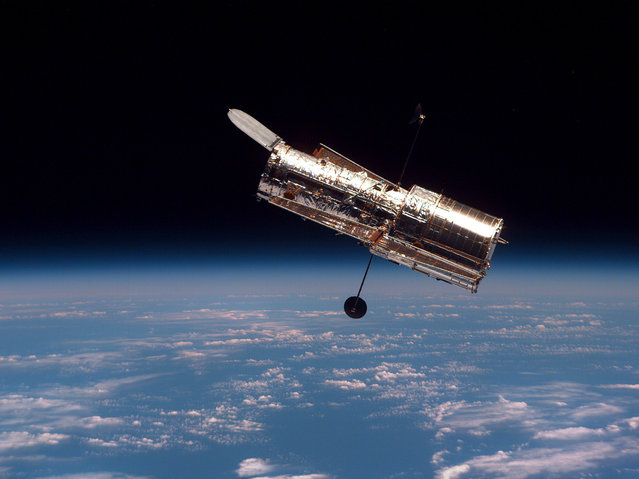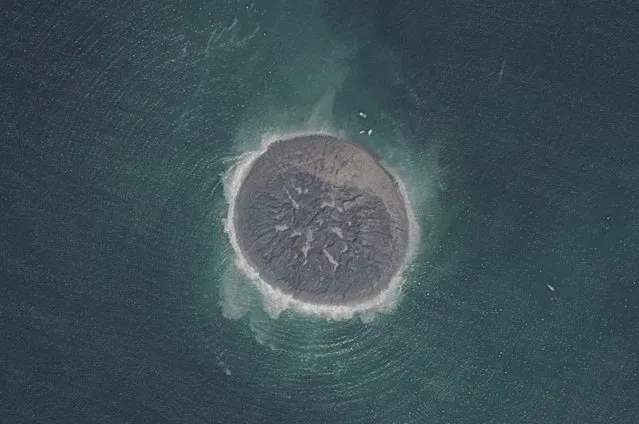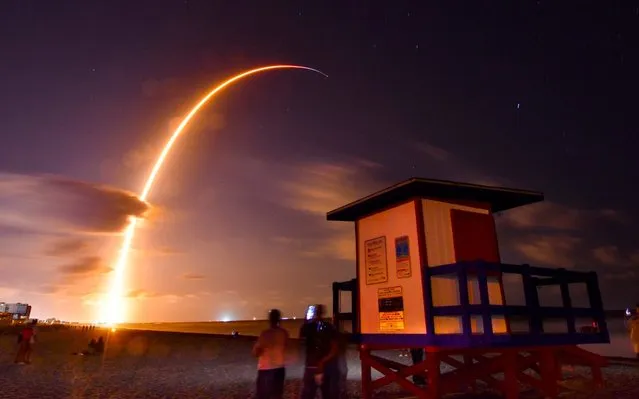
A Falcon 9 SpaceX rocket, with a payload of 60 satellites for SpaceX's Starlink broadband network, lifts off from Space Launch Complex 40 during a time exposure at the Cape Canaveral Air Force Station in Cape Canaveral, Fla., Thursday, May 23, 2019. (Photo by Malcolm Denemark/Florida Today via AP Photo)
26 May 2019 00:07:00,post received
0 comments

